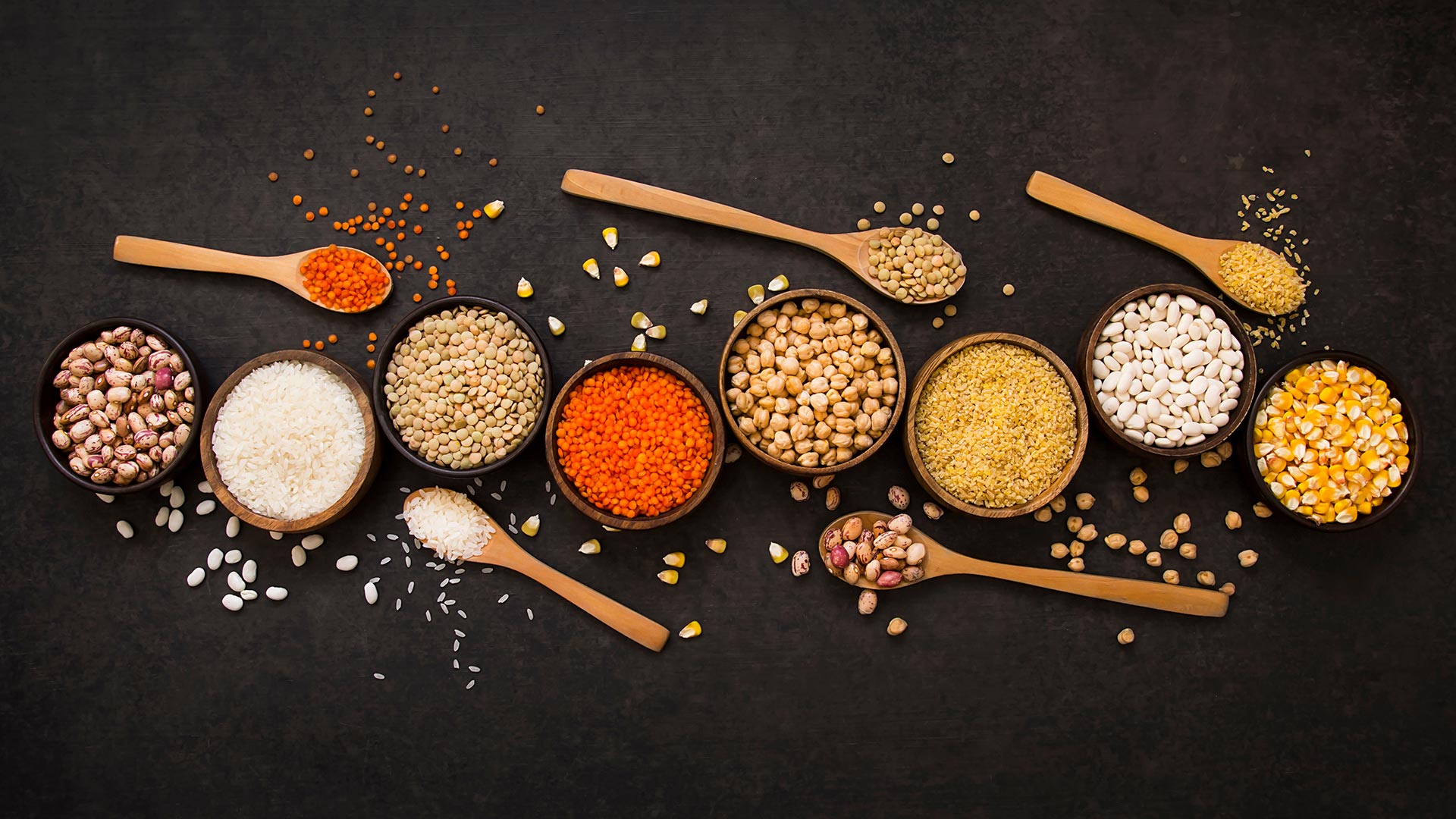
Pulses are the dried fruit of a whole category of vegetables belonging in the family of leguminosae, which took its name after the characteristic pod protecting the seed while it grows.
With about 13.000 species, leguminosae family is the second largest in vegetables and ranks among the most important ones, financially wise.
Most pulses prefer warm climates but there are varieties growing in colder areas as well.
Pulses are rich in:
Pulses do not contain:
Let’s be acquainted with the most characteristic representatives of pulses:
Dried beans (giant beans): They are a nutritional treasure since they are rich in calcium (123mg/100gr), phosphate (352mg/100gr), manganese (171mg/100gr), potassium (1483mg/100gr), vegetable fibers (15gr/100gr) and proteins (100gr offer our body 7gr of proteins, namely, the same quantity we get from 30gr of chicken or fish). As a consequence, the frequent and regular consumption of beans is essential to the health of our bones and teeth, to the regulation of blood pressure and to the reduction of cholesterol levels and of triglycerides. At the same time, they are low in fats and salt. Thanks to their high content in soluble vegetable fibers, they can help fight against constipation and control the body weight. This is because when we consume them we have the intense feeling of being full so we do not feel hungry for longer periods of time. Furthermore, their calorific value is relatively low since 1 tea cup of cooked giant beans comes in at about 260 calories.
Chickpeas: Chickpeas can be consumed boiled or cooked as pulses, grilled as dried nuts (known as white roasted chick peas – stragalia), as nutritious ground grains and following a process, they can also be used as coffee substitute chickpeas are distinguished from the other pulses due to the quality of their proteins amounting to 20% – 30%; they contain necessary amino acids in excellent ratio, especially methionine amino acid. A cup of cooked chickpeas contain 282mcg of folic acid, which is an important vitamin, especially for pregnant women since it contributes to the creation of the nervous system of the fetus. In addition, Chickpeas are distinguished for their high content in manganese (130mg/100gr), which is necessary for almost all functions and the tissue in our body, for enhancing the immunity system and the health of our heart, for preventing inflammations related to various types of cancer and for being able to prevent even the risk of heart attack.
Lentils: Lentils are cultivated since the antiquity (around 2.000 BC). Lentils were known to be cultivated in Ancient Egypt, while Jews, Greeks and Romans cultivated them and consumed them. Lentils are distinguished for their high content in vegetable iron (7,5mg/100gr) which is necessary to prevent anemia.
The way to cook pulses is most important, since any addition of vegetables, cereals and aromatic herbs contributes to a better absorption of nutrients. The most important recommendation is to combine them with food which is rich in vitamin C, such as tomatoes, peppers, lemon, in order to increase the absorption of vegetable iron, which in pulses, is bound with oxalic and other acids that do not allow iron to be completely absorbed by our body. By adding up the food mentioned here above, iron is released and its absorption is increased (triples).
Moreover, adding aromatic herbs when cooking them, such as celery, onion, bay, fennel, garlic, thyme, is the right process since aromatic herbs activate the gastric fluids of our stomach and pulses are more easily absorbed.
In addition, one of the most loyal friends of pulses is rice since it increases even more its nutritional value. Pulses are a good source of protein but they are missing methionine, one of the nine amino acids which are indispensable to our body and which is found in rice. As a consequence, if we cook pulses with rice, we improve the absorption of proteins in our body and their nutritional value equals the one of the meat. This combination is necessary for fasting people or vegetarians.
In case you do not like pulses in their classic version, you can try one of the following recipes: